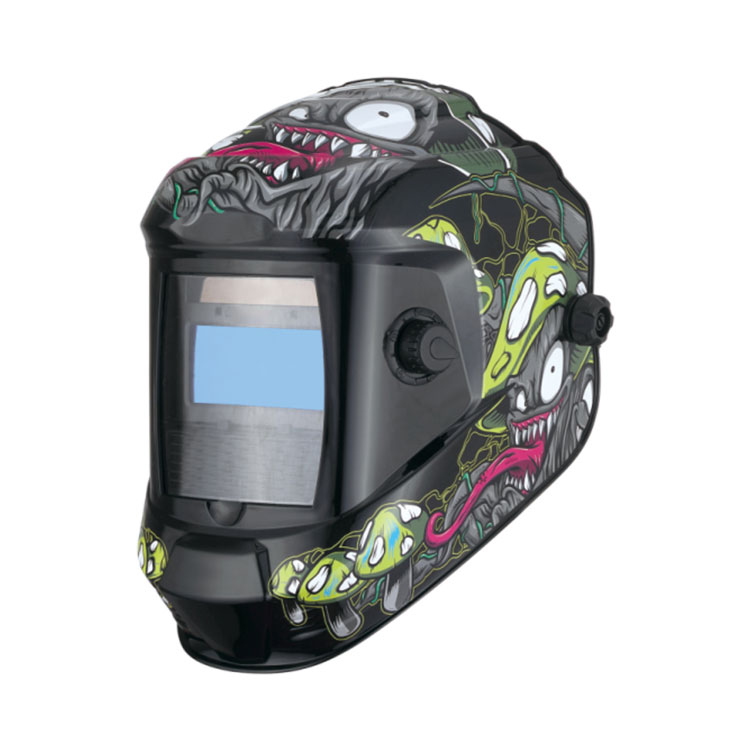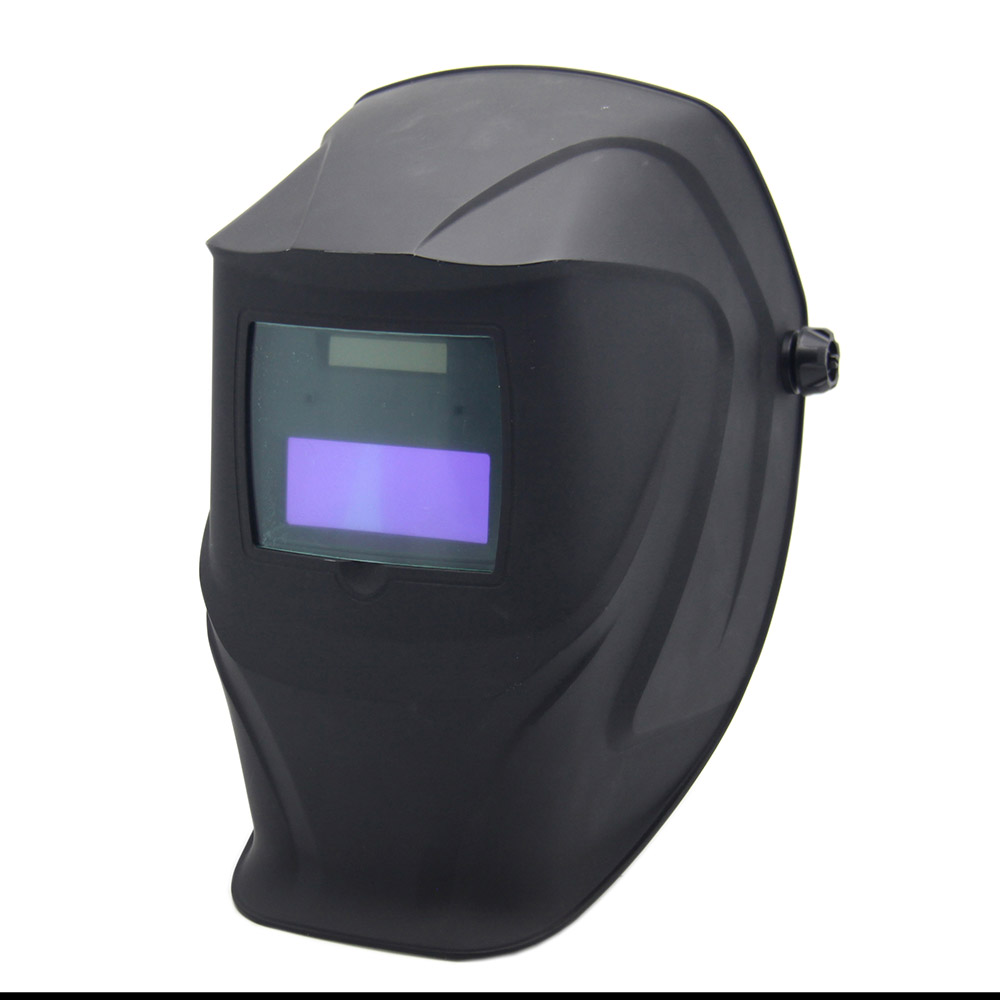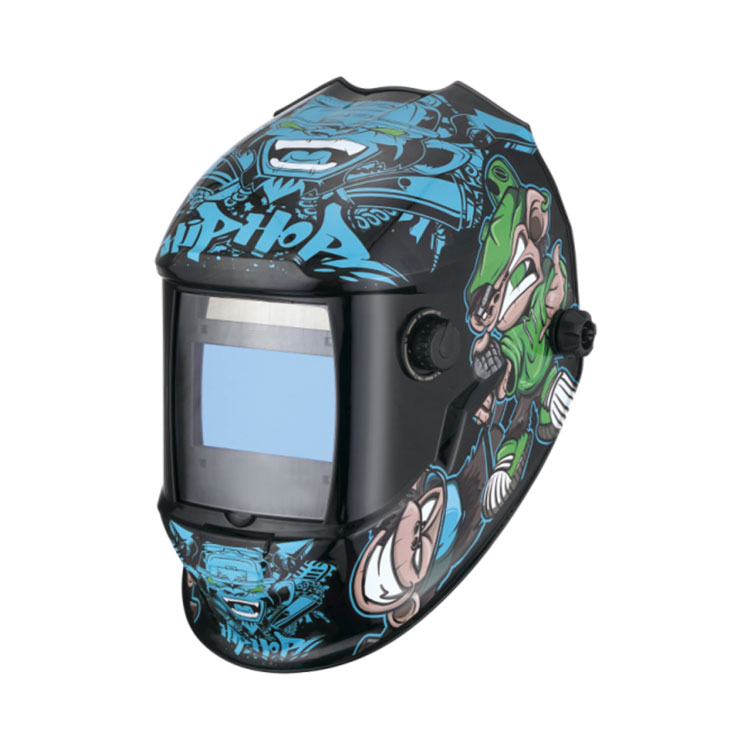
Auto-darkening welding helmets (ADH) have revolutionized welding safety and efficiency by automatically adjusting lens darkness in response to bright welding arcs. Unlike traditional fixed-shade helmets, these helmets improve visibility, reduce eye strain, and enhance productivity. But are they worth the investment? Let’s explore their benefits, drawbacks, and what to look for when buying one.
An ADH uses:
Light sensors to detect the welding arc.
Liquid crystal display (LCD) technology to instantly darken the lens (typically in 1/10,000 to 1/20,000 of a second).
Adjustable settings for shade level (usually #8 to #13), sensitivity, and delay time.
Eliminates the risk of "flash burn" (arc eye) by instantly darkening when the arc starts.
Maintains UV/IR protection even in the inactive state.
Allows welders to see clearly before striking the arc, improving accuracy.
Reduces the need to flip the helmet up and down repeatedly.
Faster workflow since welders don’t have to reposition the helmet manually.
Ideal for TIG, MIG, and plasma cutting, where precision is crucial.
Lighter models reduce neck strain.
No constant head-nodding to adjust the helmet.

Entry-level ADH helmets start at $50–$100, while premium models can exceed $500.
Traditional passive helmets are much cheaper ($20–$50).
Most ADHs use replaceable batteries or solar power.
If the battery dies mid-weld, the lens may not darken properly (some have dual power sources as backup).
Cheaper models may have slower reaction times or weaker sensors.
Extreme conditions (high heat, impacts) can damage electronics.
Some helmets struggle in low-light environments or with low-amperage TIG welding.
Adjusting sensitivity settings may be necessary for optimal performance.

| Feature | What to Consider |
|---|---|
| Reaction Time | ≤ 1/20,000 sec for best protection |
| Shade Range | #8–#13 (adjustable for different welding processes) |
| Power Source | Solar + battery backup preferred |
| Viewing Size | Larger lenses (≥ 3.5 x 1.5 in) improve visibility |
| Comfort & Weight | Lightweight (≤ 20 oz) with adjustable headgear |
| Safety Standards | Look for ANSI Z87.1, CE, or AWS certification |
Your email address will not be published. Required fields are marked